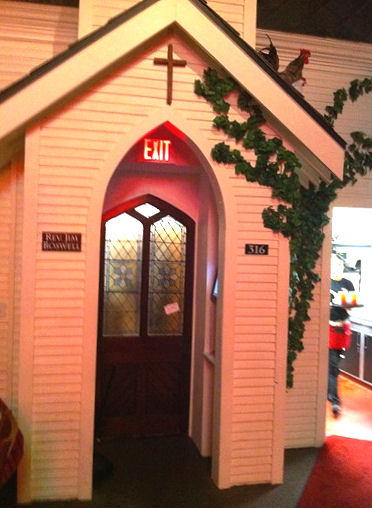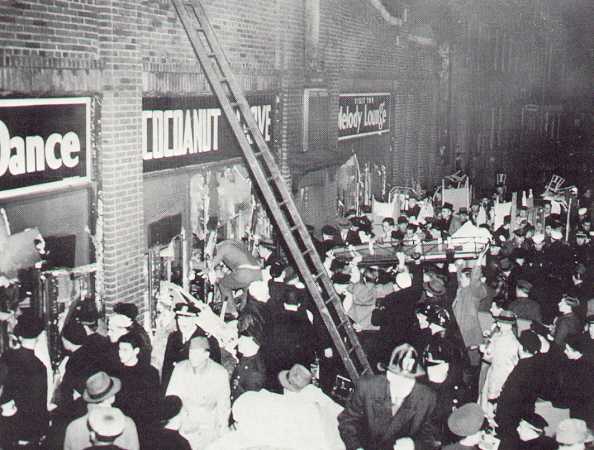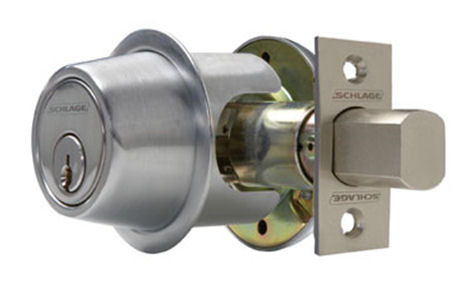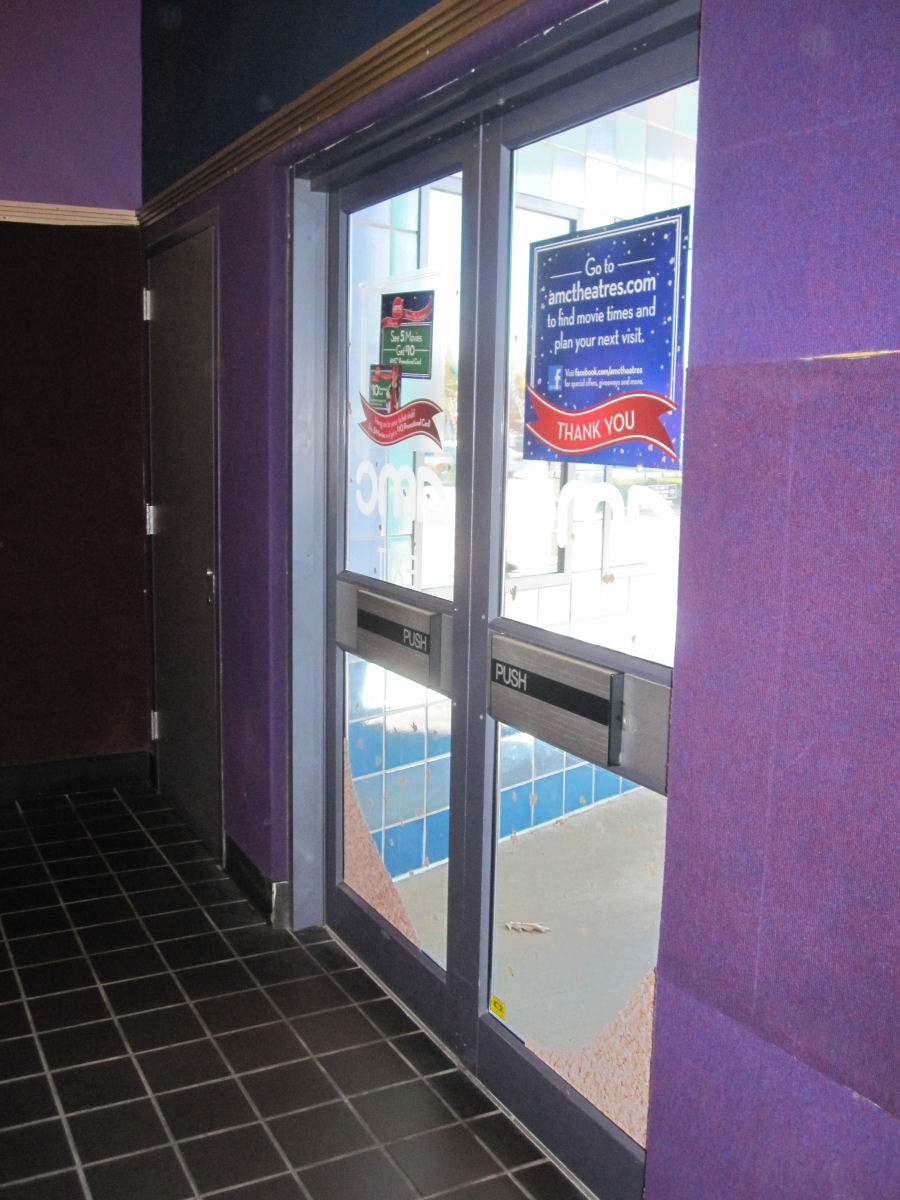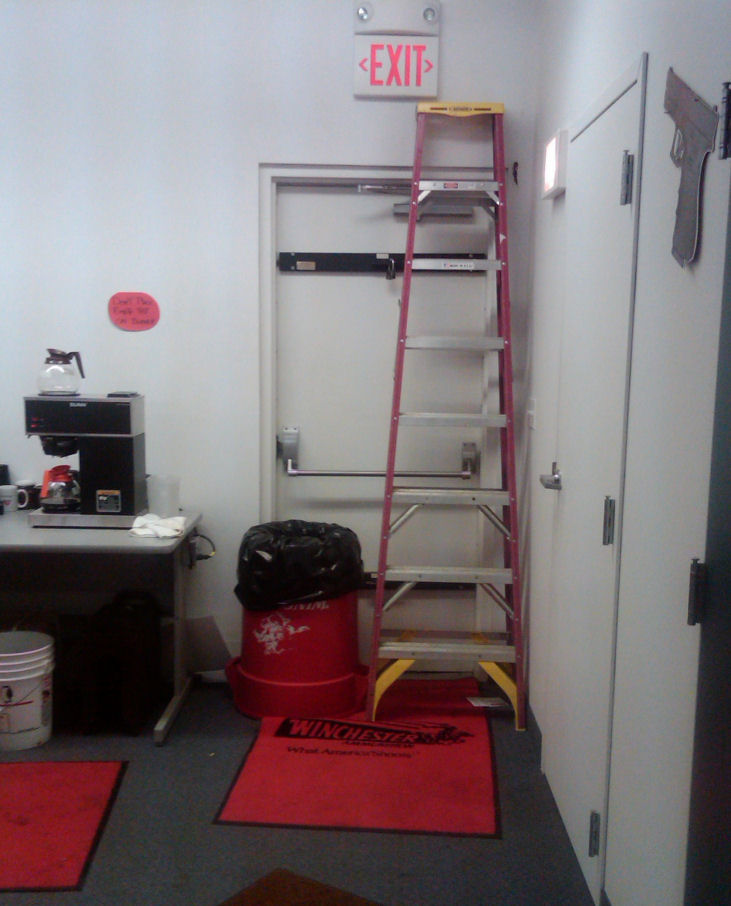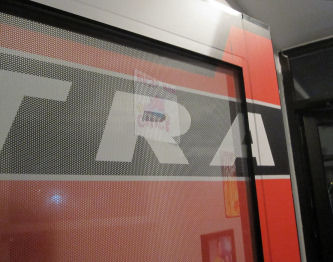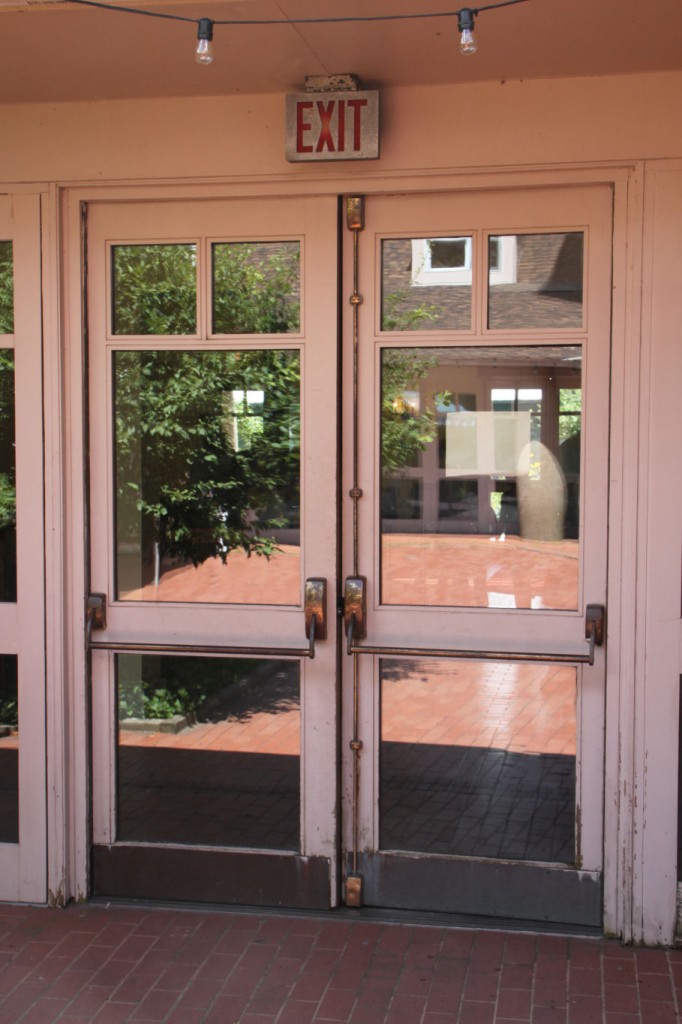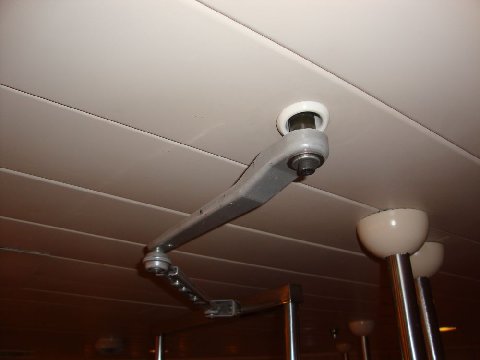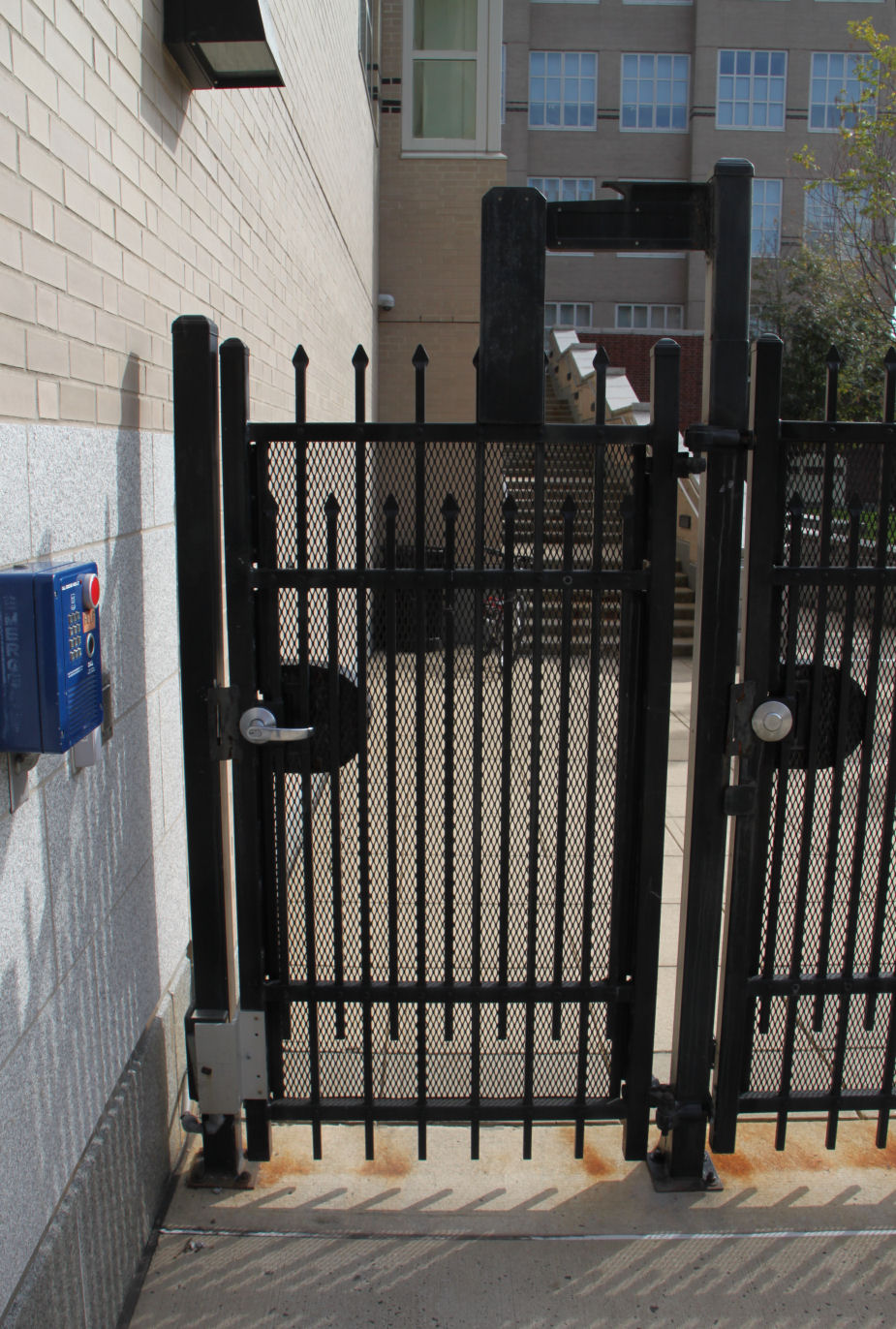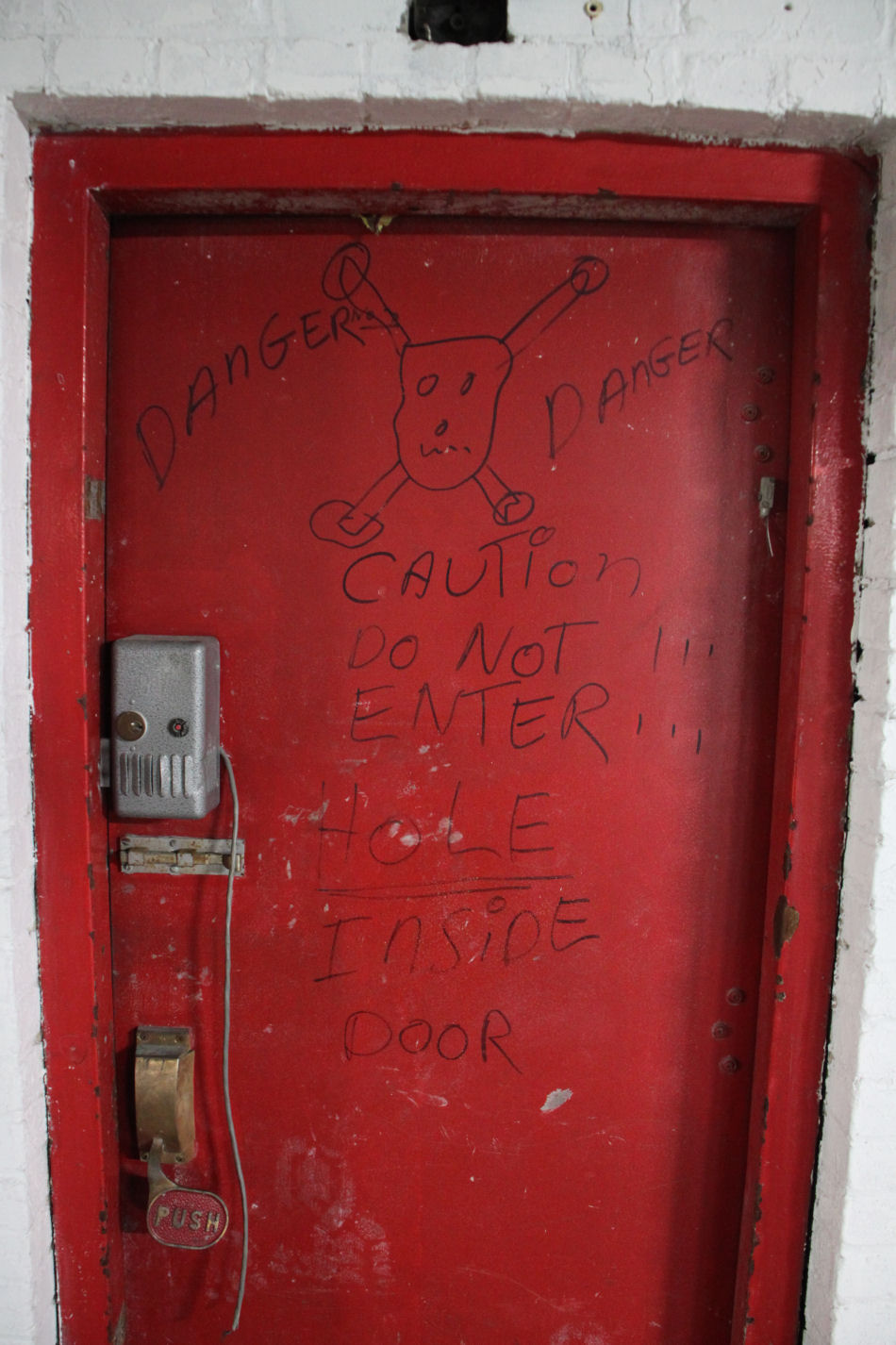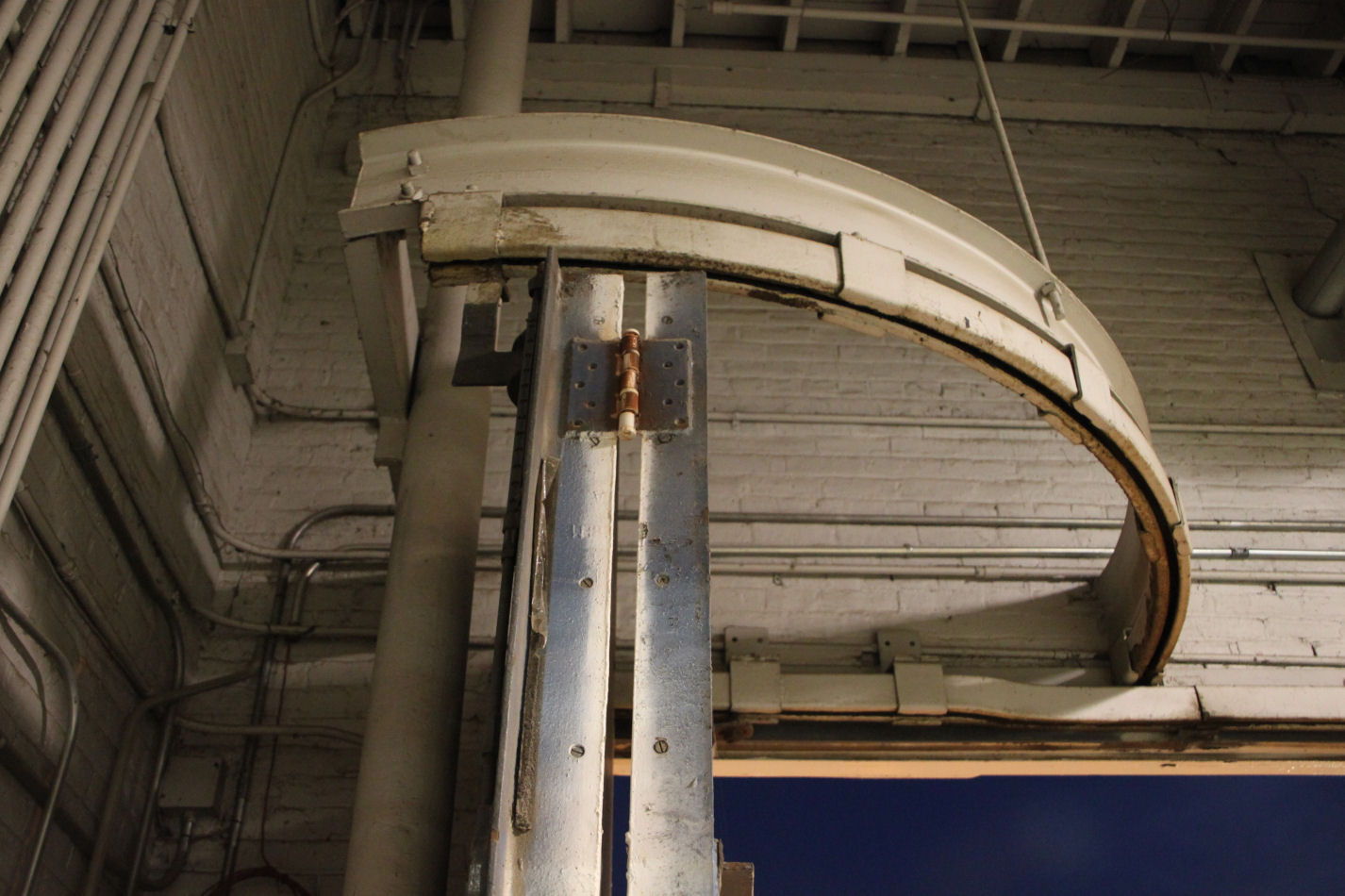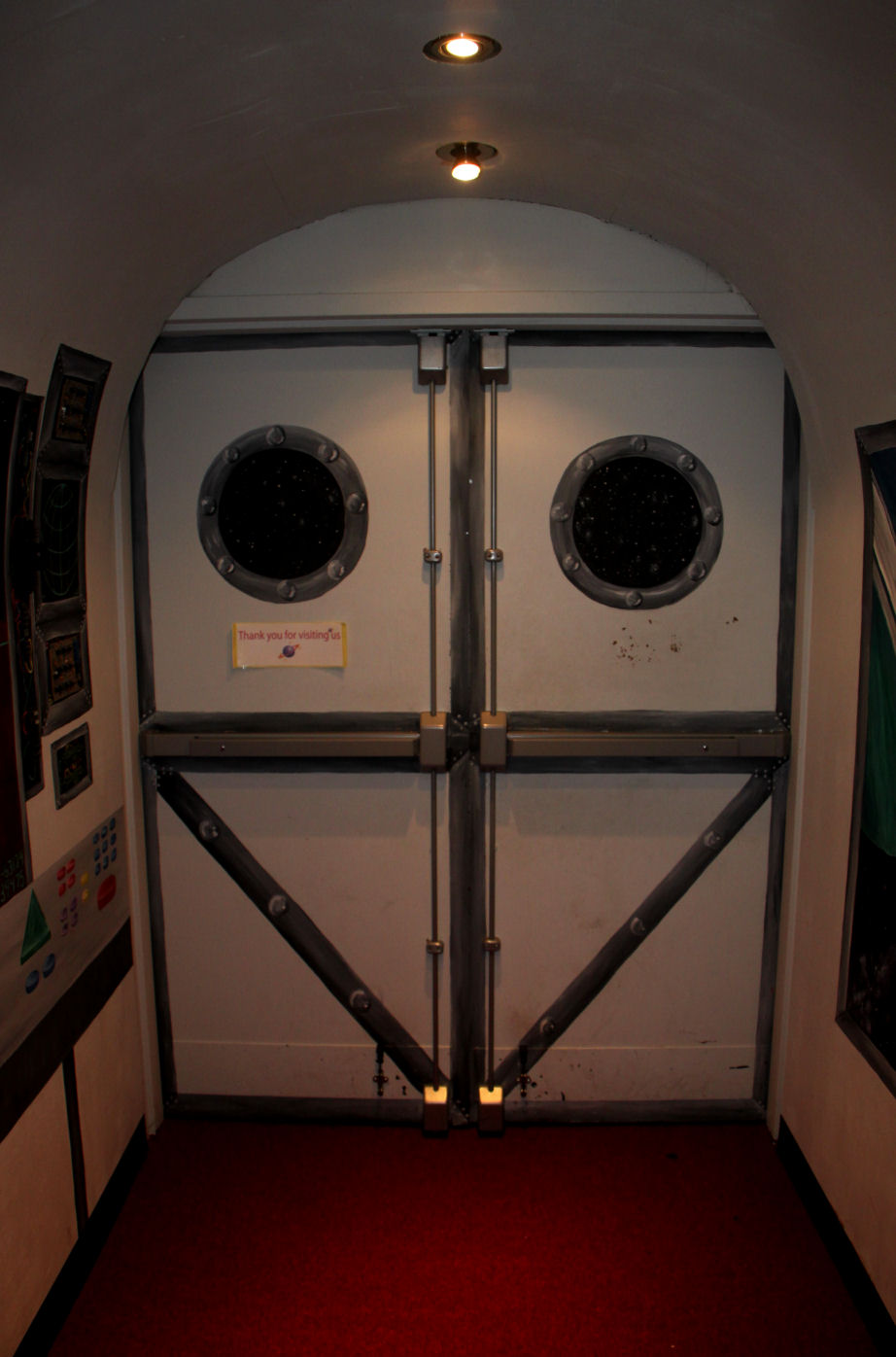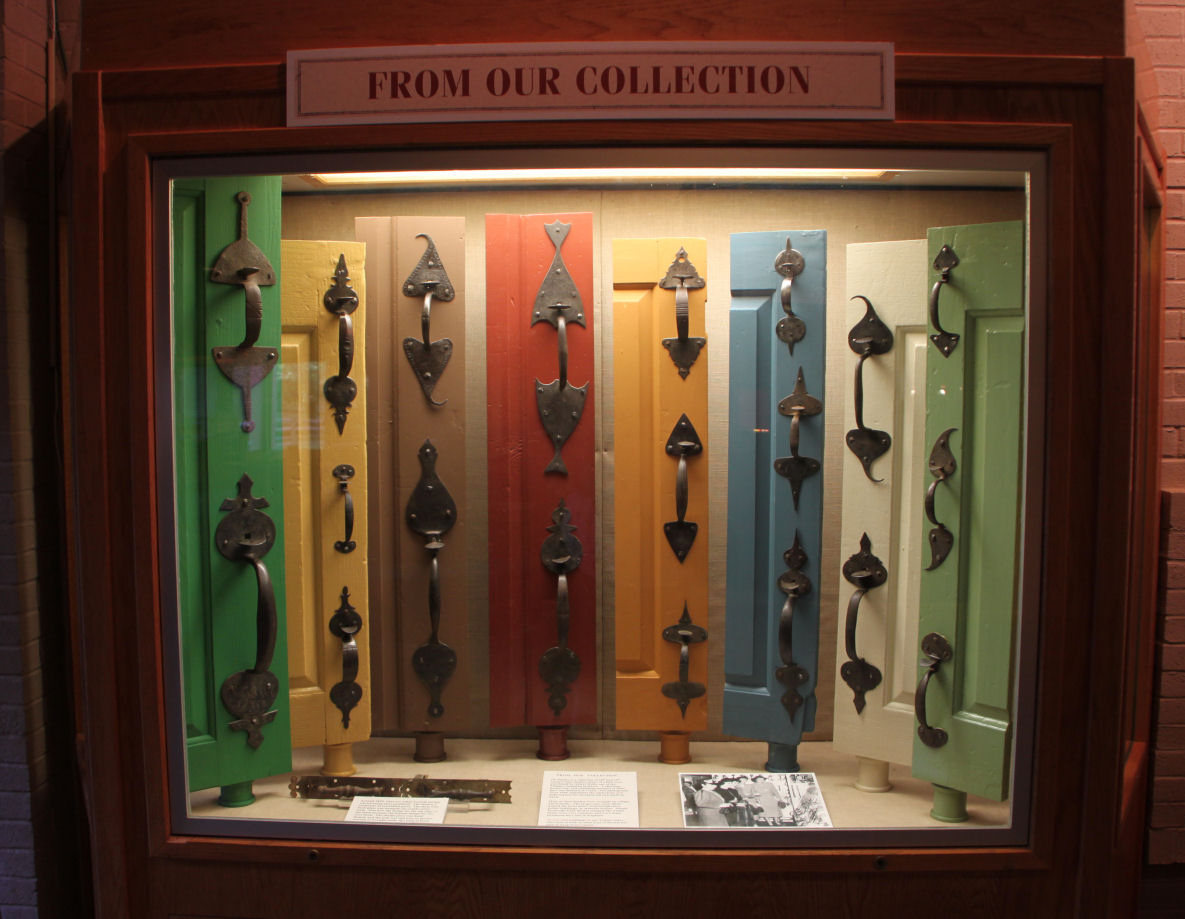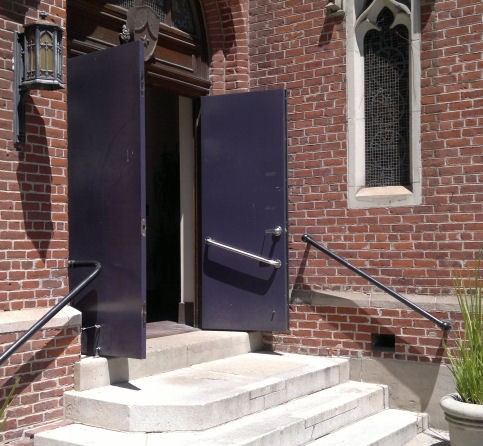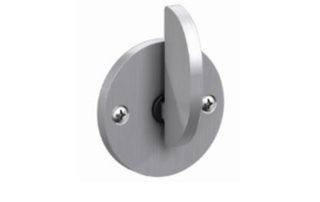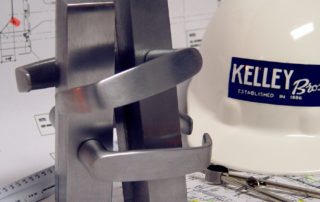A little help, please?
For several months I've been working on a short presentation for code officials about Fire & Egress door Assembly Inspection. I really HAVE been working on it, just not continuously. In my defense, it's really easy to get sidetracked when you get 100 emails per day. But there's one sure-fire way to get me focused, and that's to set a deadline. Not just a due date on my to-do list that I can change on a whim, but a real deadline with other people who will be waiting to see the results of my hard work.



